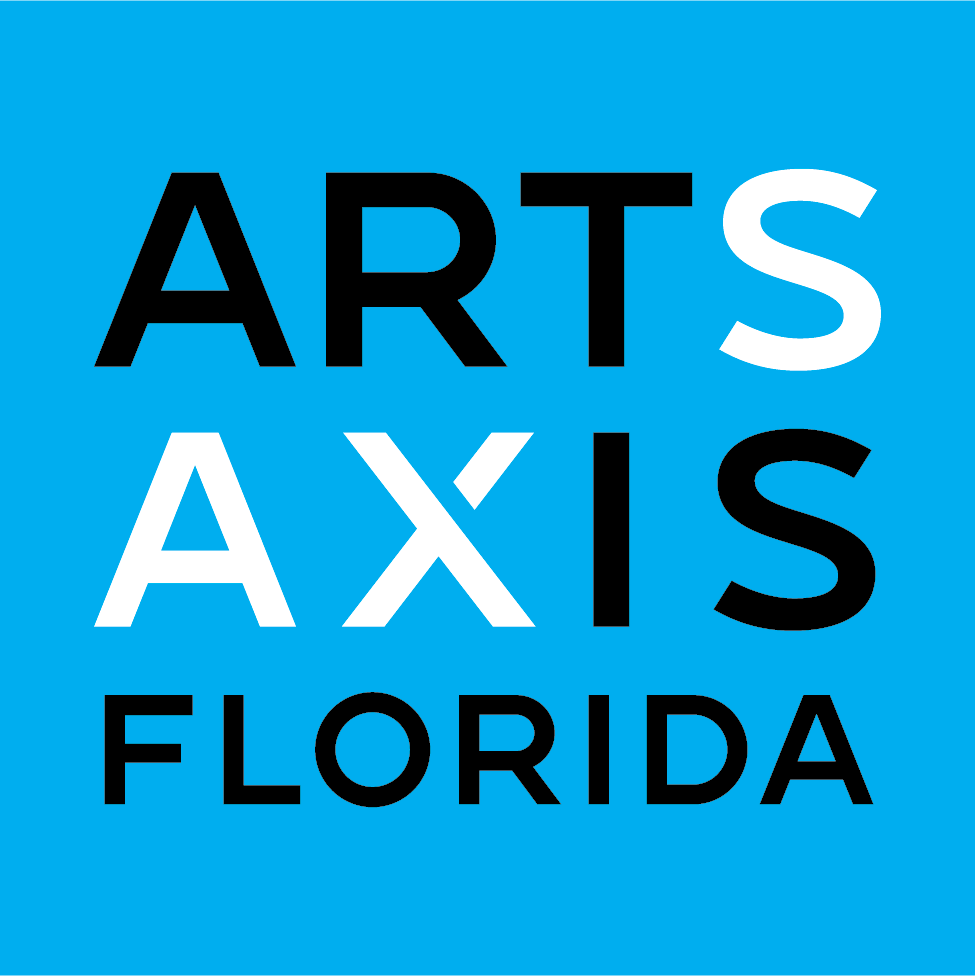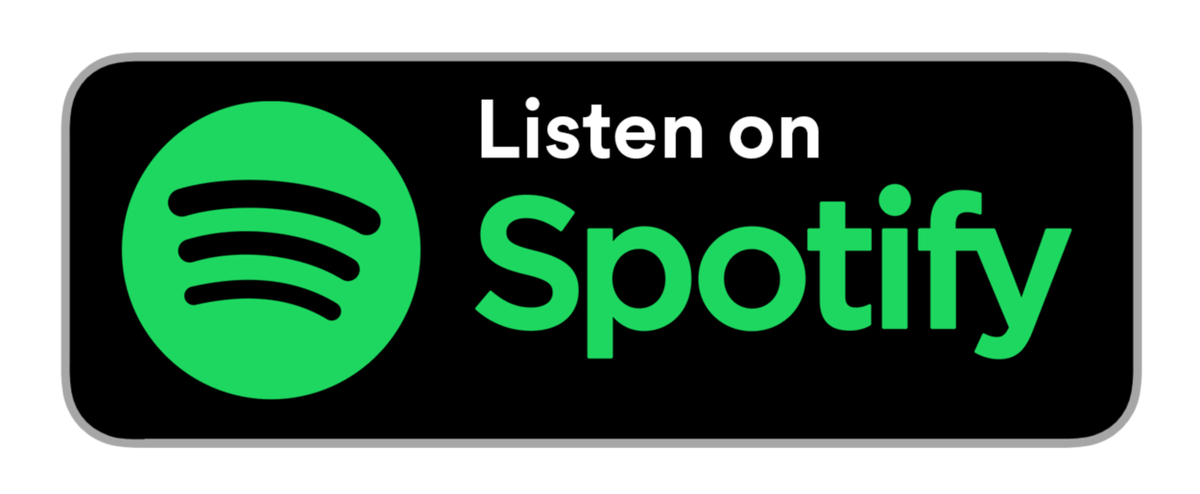00;00;00;08 - 00;00;17;16
Zora Carrier
Relationship with animals is something that is connected with the humanity. Ever since we we can write our history or have any notice about our history Hi.
00;00;18;29 - 00;00;59;12
Malaika Hollist
Welcome to Season two of the Arts Axis Florida podcast. I'm your host, Malaika Hollist. Each episode, we amplify the voices of the diverse art nonprofit organizations in our community. Conversations, community and connection is right here on the Arts Axis Florida podcast. Support for Arts Axis Florida comes from Community Foundation Tampa Bay. Championing philanthropy. Encouraging and connecting givers to bring lasting good.
00;00;59;26 - 00;01;10;13
Malaika Hollist
Investing in education and economic mobility. Learn more at C.F. Tampa Bay dot org. That's C F Tampa Bay dot org.
00;01;16;02 - 00;01;40;22
Malaika Hollist
Zora Carrier from the Florida Museum of Photographic Arts speaks with us today about "The Company We Keep: Photographs of Our Complex Relationship with Animals. "This exhibit highlights two artists who, through photography, show the multiple elements of this relationship and gives you, the viewer, the opportunity to see, reflect and start a conversation within your community about the company we keep with animals.
00;01;41;09 - 00;01;42;29
Malaika Hollist
We hope you enjoyed this episode.
00;01;46;04 - 00;01;55;21
Malaika Hollist
Zora, thank you so much for being with us today. To start it off, do you want to just give a little insight or a brief history of the Florida Museum of Photographic Arts?
00;01;56;21 - 00;02;38;20
Zora Carrier
Yes, the Florida Museum of Photographic Arts is 20 years young. It's an institution that that started in South Tampa as a more as a photography gallery and very quickly the gallery did create a following that would that would grow into a pretty strong community and what that exhibition programing pretty much inspired people to collect. And the some of the some of the collected pieces then end up coming back to the to the gallery.
00;02;39;01 - 00;03;27;08
Zora Carrier
And so gallery all started to acquire collection and that very much changed the position on the on the on the art scene. And we became a museum because we, we took on the stewardship of the artwork that we collected during the exhibition period. And so in 2000 and 2012, we moved into this very prominent downtown location. And we are now part of the, of the Arts District on the river in a neighborhood in a very good company of Tampa Museum of Art and Straz Center and Tampa Theater.
00;03;27;09 - 00;03;31;27
Zora Carrier
So that's, that's a quick history of Florida Museum of Photographic Arts.
00;03;32;00 - 00;03;50;20
Malaika Hollist
That's amazing. So we wanted to talk today specifically about your upcoming exhibit. It's open now until July 3rd, and it's called The Company. We keep photographs of our complex relationships with animals. How did this series find its way to the Florida Museum?
00;03;52;20 - 00;04;28;14
Zora Carrier
Our exhibition program is very much grounded in in the in the questions and issues that our community is dealing with, interested in talking about. And so we tried to we try to be on the top of what our community is is interested in and that the relationship with animals is something that is connected with the humanity pretty much ever since we we can write our history or have any note is about our history.
00;04;28;24 - 00;05;03;04
Zora Carrier
And the relationship was very different. There was this, I would say, mutual benefit, but there were also threats and danger. And now we are in the 21st century. We are, I would say, the most prominent species on this on this planet. And that I think that we need to look back and we need to to learn and maybe look to the future with little different goals than we did when we lived in the caves.
00;05;04;09 - 00;05;20;15
Malaika Hollist
So how did your two photographers, well you describe them as having two different perspectives of the photography? Would you mind explaining a little bit of Jayanti Seiler'a perspective of the work?
00;05;21;23 - 00;05;55;22
Zora Carrier
So Jayanti has this very complicated of theme of all the emotional, emotional attacks and of the of the pet and the owner. And again, with the human mind, things are complicated and the emotional attachment can somehow happen in a very dysfunctional situation, like having a having a bear That was a very a very sweet, small, cuddly creature.
00;05;56;05 - 00;06;30;26
Zora Carrier
And a couple of months later, it was it was unsustainable to keep this pet in the household. So we had these spats and up in and in the sanctuaries and the love and the relationship with the owner takes a very different quality, very different dimension. And so she was very much intrigued in with this with this pretty much dysfunctional, dysfunctional ownership of a pet.
00;06;31;08 - 00;07;02;25
Zora Carrier
And she followed people who develop these of these emotional attachment to tigers or birds. Big predator birds that cannot be kept in the in the household or even the sanctuary in Naples. So that is taking care of wolves and all these very small pet small puppies that kind of charmed their owners into into this complicated relationship.
00;07;02;25 - 00;07;22;02
Zora Carrier
And now they live in sanctuaries and the owners are coming and having their kind of a long distance relationship with them. And it's surprising how many of those of those situations are in our community. Here in Florida, but also in Tampa Bay.
00;07;23;12 - 00;07;52;12
Malaika Hollist
Yes, that's that's really interesting because I actually had a memory when I was younger. I had a neighbor who had like a llama or I mean, I lived there when I was really young. So like five. And he had like a llama or something like a llama in his backyard for years. And eventually after we had moved out of that neighborhood, they came and, you know, took the llama to a sanctuary.
00;07;52;22 - 00;08;15;04
Malaika Hollist
But it was such a strange situation, but it was kind of like his pet he acted like it was his pet dog, except the dog was always the llama was always in the backyard. But yeah, I've heard plenty of kind of random stories throughout my life about people, and they're like more exotic or more, you know, not your typical pet in their back yard.
00;08;15;29 - 00;08;41;21
Zora Carrier
Absolutely. And, you know, it's it's complicated in the way that that, our relationships that we create are never linear. And there are very many many variables that will affect that. And really, some of these some of these are bad end to end. And it gives a little bit of a mirror to the relationships that we have with pets that are maybe easier to maintain.
00;08;42;27 - 00;09;17;29
Zora Carrier
The typical cats and dogs that we keep in our household And I think that it creates a platform where we can think even about the very typical relationships where there is this mutual mutual embracing of of of emotions and and just open space for curiosity and look at them how, how, how, how the life of these animals actually shapes and how our life is shaped by by their presence.
00;09;18;21 - 00;09;46;21
Malaika Hollist
So do you think that that this particular photographer saw any of the the benefits of this? Is there any benefit of that kind of having a pet that really isn't meant to be living in those circumstances? Like, I don't I'm wondering how did these people even acquire these pets? Did they find them and kept them or did they take them from a habitat they shouldn't have?
00;09;47;08 - 00;09;48;25
Malaika Hollist
I'm just curious.
00;09;49;13 - 00;10;20;22
Zora Carrier
The yes, the misplacement is is a big, big part of having animals in our households. Right. The animals that are that are living in the in the wilderness are misplaced by brought in the urban environment and the pets that were born and raised in the household or in an urban environment are misplaced when they are just, you know, brought into the wilderness.
00;10;20;22 - 00;10;53;04
Zora Carrier
And we call that we did mix up all this and so that the function of our guest is actually to deepen the mystery. And that's what that's what Devon is doing. She does not necessarily owe any answers. And she is nonjudgmental in the in the work that she's creating. She really is just trying to learn.
00;10;53;04 - 00;11;17;23
Zora Carrier
And again, the sense of curiosity is a very positive emotion. And I think that when people come here, then then a lot of the curiosity is is triggered why, how and the what is what is the bigger picture? What really is the function of the sanctuaries and the how what is the future of the sanctuary?
00;11;18;05 - 00;11;31;07
Malaika Hollist
Right. OK, that makes a lot of sense. So her photography in this exhibit is more to create more conversation, put some focus in this area and just just have it be something that people think about.
00;11;31;19 - 00;12;17;16
Zora Carrier
Which is great. Yes. We yes, we are definitely not trying to to offer any solutions. So many questions are raised and and putting animals in chains is the ride which we do. And we it's it's a very much something what is what is expected that the animal would be on a leash or on a chain. And you know, it's a question is if it if this is the best your best friend it is supposed to be on the leash or is this friendship just something that you perceive as as a friendship or is this a real friendship And again, we do not offer any answers.
00;12;17;17 - 00;12;24;09
Zora Carrier
We do want people to to be curious and look for the answers maybe in their own community.
00;12;35;22 - 00;12;42;21
Malaika Hollist
So to move on to Joanne MacArthur's part of the exhibit, would you tell us a little bit about what she has going on?
00;12;43;22 - 00;13;24;13
Zora Carrier
Well, she is exploring our relationship with animals on a very utilitarian level, and that's another eye opener. We are using animals for so many things. I mean, starting with food and clothing, but also pieces of furniture, everyday objects. We are using bones, we are using their skin. We are using their flesh. And and she is kind of documenting again, documenting this this relationship on a very utilitarian way.
00;13;24;13 - 00;13;55;22
Zora Carrier
And we we can see animals that are in love in the research. We can see animals that are that are destined that were born,raised very short-lived in a very strange environment. And our relationship to them is very utilitarian. And she's trying to see if she can somehow connect us with the consciousness with the with the with who they really are.
00;13;56;01 - 00;14;46;17
Zora Carrier
We know that animals do have a very similar similar life than human beings. They do they do form families. They they have their emotional spectrum. They can they can experience joy and they can also experience grief. And they actually manifest those emotions on a level that is accessible to us. And and again, we some of those animals we are we are spoiling and pretty much giving them this anthropomorphic status where we refer to them as our best friends, as as as a child.
00;14;46;18 - 00;15;22;27
Zora Carrier
Right. And then on the other side, we are stripping them of of of any any of these qualities. And we do this pretty much simultaneously. And we do this with a very similar species like apes. And so she is again, I don't think that necessarily wants to give us an answer to this, but she definitely wants us to to think about it, see the see the relationship and see the life of this of these creatures.
00;15;23;24 - 00;15;48;01
Malaika Hollist
Wow. That's a lot to think about us. I I'm really thinking about all my relationships with animals that I have, not that I have a ton, but I have a few. So I'm thinking about that now. What variety of images will they see? What kind of animals are they going to see? I know you mentioned tigers and some kind of like larger species of birds.
00;15;48;20 - 00;16;21;18
Zora Carrier
Yes. I mean, we do have a we do have the Jayanti is documenting even the bears and the and even even people who are craftsmen in taxidermy, which is another different very and they have a very loving and respectful relationship with the with the projects they are working on. And they really honor them. The animals that they are creating taxidermy meat with.
00;16;21;18 - 00;16;46;29
Zora Carrier
And it is very, very, very touching. And what we can see are, let's say birds, which is we very rarely create this emotional relationships with birds. Typically, it's male mammals that we would we would protect ourselves but it is surprising how and then we can see snakes, right? So that's Jayanti's project.
00;16;46;29 - 00;17;29;12
Zora Carrier
But Darwin is is looking at animals who are, let's say, used in the entertainment industry. And again, the there is this a very blurry boundary between the utilitarian and the and the emotional connection with animals who are in the shows and the where we look up to them to their skills. But at the same time, we just we just pay our entry fee and leave this without without any, any deeper, deeper connection with with the what the animal life is about behind the bars.
00;17;29;12 - 00;18;03;03
Zora Carrier
Behind the chains and with the regime that where they were not born to live in the regime, where they will have a practice in the morning and then they have some rest and they have a performance in the evening. That is a lifestyle that we pushed on them and kind of created their life very much outside and very much misplaced their their their purpose and so again, it is a place to think about.
00;18;03;03 - 00;18;29;25
Zora Carrier
And we want to encourage people, maybe not just think about the animals that they are surrounding them, but also document how they how they live and what they do and and share the photography with us, share the images that they create. Every pet owner has a thousand images on their phone. And some of them are really interesting to look at and so we want to see them.
00;18;29;25 - 00;18;38;12
Zora Carrier
We want people actively to share their their lives and their connections with animals, no matter how complicated they are.
00;18;38;25 - 00;19;04;23
Malaika Hollist
Right. So this relationship, this exhibit is really showing just the the dynamic and complicated relationship that we have with animals at this time. And you mentioned to me that at the museum, you the community can provide photos that can be displayed. Would you mind explaining how that works in case any of our listeners want to get involved?
00;19;05;07 - 00;19;40;27
Zora Carrier
Absolutely. I would I would encourage every everybody to look into into the photography they have and consider sharing it on our pop up project, where we invite community members to bring their prints and share them on the wall in our community gallery for others to see. And the and I think that is just extending the the power of the two artist and the power of the thoughts that these two artists put out there.
00;19;41;06 - 00;20;17;16
Zora Carrier
And we can put our own community spin on that relationship and show what does it mean to have a a company of animals in Tampa Bay. So everybody who is willing to share their print has a free admission and is as a welcome to enjoy the exhibitions that we offer at the museum and then also see what other pet owners and animal lovers in the community have to say about about our relationships with the company we keep, which are animals.
00;20;17;25 - 00;20;43;07
Malaika Hollist
Yes, I love that. It's so perfectly titled. I'm going to I'm going to rummage through my phone because I do have about a thousand photos of my my puppies. This is a really cool and unique way of engaging with the community and also educating them at the same time. Is there any other ways you hope to build community involvement at the Florida Museum of Photographic Arts this year?
00;20;44;18 - 00;21;17;26
Zora Carrier
Absolutely. The involvement with our members and visitors, this is pretty much a lifeline of the museum. The museum is here as a hub for for people who are interested in photography. And as we as the technology is more and more kind of a part of our everyday life. And the phone has a camera that is that is really stellar and and high end equipment so we offer classes.
00;21;17;26 - 00;21;53;26
Zora Carrier
There is so much that can be done with photography, either on a professional level or really on the on the level of having fun building community, learning about new people, learning about new issues and so we have about 75% of members of our museum are photographers, either professionally or as an amateur. Amateur project. And we want people to to come and join and learn from from the peers.
00;21;54;05 - 00;22;21;08
Zora Carrier
And so it is always a social opportunity. It is always the experience of the museum doesn't have it as one layer. It is about art, but it is also about our social and emotional growth. It is also about seeing people who have interesting things to say so I want to encourage people to look at the visit of the museum.
00;22;21;24 - 00;22;36;11
Zora Carrier
So a different perspective, not just quietly enjoy and, and, and kind of a process of the art our art statements, but also have a social experience.
00;22;36;29 - 00;22;57;14
Malaika Hollist
Awesome. Well, thank you so much, Zora and I will encourage you all as well to be part of the artistic experience and submit some photos and check out the company. We keep photographs of our complex relationship with animals now until July 3rd. Again, thank you so much for being on with us today.
00;22;58;14 - 00;23;00;11
Zora Carrier
Thank you so very much for having me.
00;23;01;06 - 00;23;25;19
Malaika Hollist
Check out the exhibit at the Florida Museum of Photographic Arts in downtown Tampa now through July 3rd, our relationship with animals is complex. Thank you to the museum for bringing this discussion to the forefront in such a unique and beautiful way. We hope you enjoyed listening to this episode of the Arts Axis Florida podcast. You can find more information on today's guests in the show notes.
00;23;26;08 - 00;23;50;17
Malaika Hollist
You can follow us on Facebook and Instagram by searching Arts Axis Florida or go to our web site, Arts Axis Florida Dot org to get access to the arts. That's Arts A X I S F L dot org. Our show is a product of WUSF Public Media and made possible by our sponsors Community Foundation Tampa Bay and Gobioff Foundation.
00;23;51;05 - 00;24;00;14
Malaika Hollist
A special thanks to our editor Scott Wachtler and many more who make this show possible. Copyright 2022 USF Public Media.











